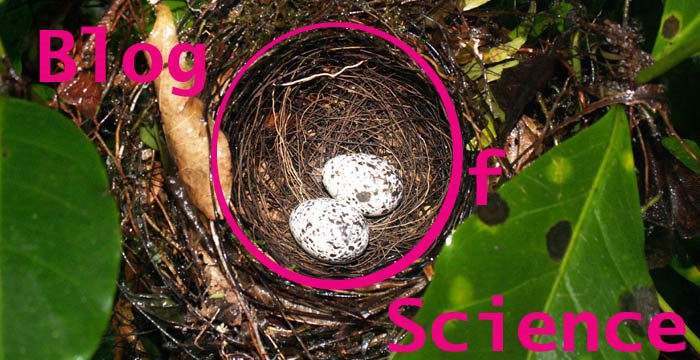I and my assistants at Berkeley classified a significant number of primate species based on how much care fathers give to their offspring. For each species we would search the primary literature for sources documenting if fathers in that species provided care to their offspring, and if so how much. We gathered papers, sometimes dozen for a single species, read the relevant pieces and decided that fathers of that species provided no care, little or incidental care, significant care or were, for at least some part of their offspring's lives, the primary caregivers. This compilation allows me to compare the evolution of paternal care with that of other traits, such as the degree to which males fight for access to females in each species (the prediction being that males will tend to either invest heavily in their offspring or fight intensively for mates, but not both).
But what I have to do now is decide, for each species individually, which paper or papers to say I based my decision on when I publish this compilation. I've not actually studied any live primates myself. The many people who have dedicated years of their lives to documenting the behavior of each species, may disagree with my conclusion on their species (some inevitably will, I hope not too many). Those that do will be prone to dismiss the paper as a whole unless I at least give appropriate references to show I wasn't just making my data up. I feel like somehow I've made it this far without really knowing what rules to follow in documenting my sources. One can't just list every paper one consulted, or pick one at random. Should I reference the first paper to suggest that this species had that trait? Or the one with the strongest evidence, or the review article that states that the evidence for that conclusion is overwhelming? Should I include a reference to the dissenting papers, to show that I am aware of them, even if I disagree? Should I try to include references from the journal I plan to submit to?
What I'm actually doing, which may be the wrong approach, is referencing the papers I find most convincing and relevant, regardless of precedence, author or journal. As long as the reviewers don't object, I'll consider this strategy a success.



